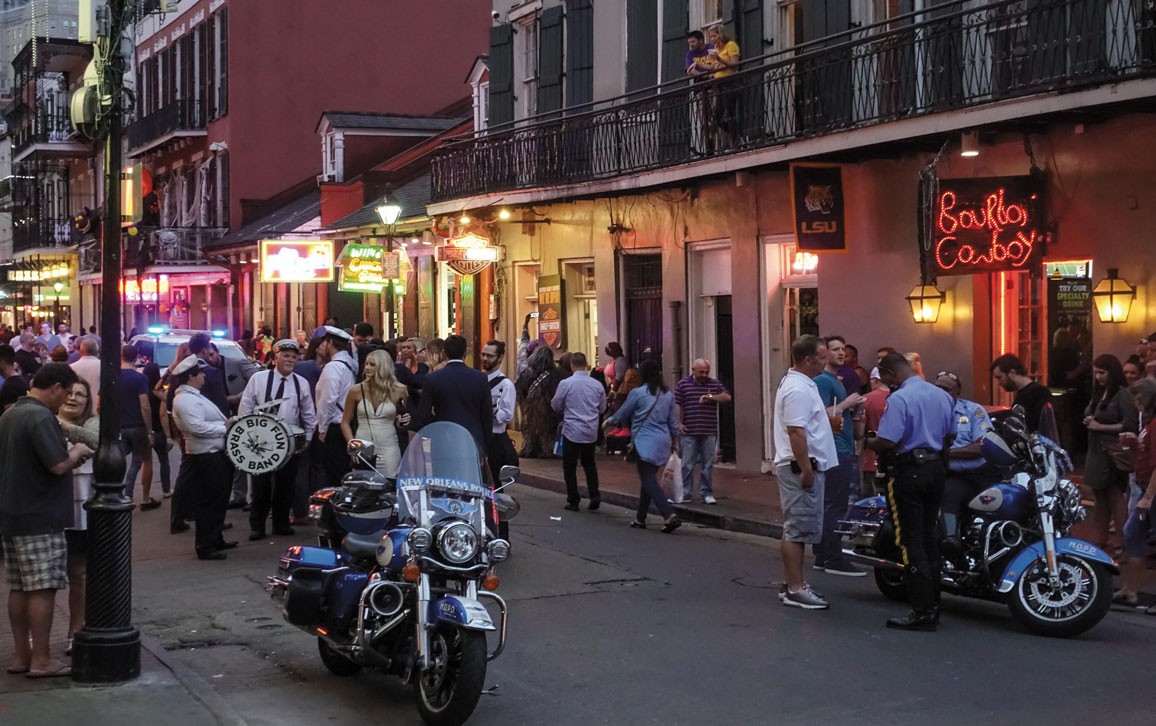 (those who might shoot). Intensive surveillance and police intervention for those who might be victims may not be as important as targeting those who might engage in violence. But if the heat-list formula counts the risk and threat equally, police resources may be misdirected.
(those who might shoot). Intensive surveillance and police intervention for those who might be victims may not be as important as targeting those who might engage in violence. But if the heat-list formula counts the risk and threat equally, police resources may be misdirected.
Stepping back, two important insights arise from the heat-list experiment. First, the public health approach of mapping social networks of violence may successfully identify those who might be involved in violence. Second, studying the data to forecast who might be engaged in violence does not automatically end the violence. Custom notifications, while well meaning, may not have the intended effect if not implemented with a focus on addressing underlying social needs. The second step of providing interventions, resources, and redirection must also accompany the risk identification. Without targeted (and funded) social service interventions, the algorithm just became a targeting mechanism for police. Plainly stated, mapping the social network of violence may be easier than ending the violence. Data identifies the disease but offers no cure.
Big Data Meets the Big Easy
An example of a more successful, holistic approach to reducing violence can be found in New Orleans, Louisiana, once the murder capital of the United States. In 2013, the Big Easy averaged 1.46 shootings a day, and Mayor Mitch Landrieu turned to data to get a handle on the societal problems driving violence in the city. Private technology company Palantir has worked with the mayor’s office to identify the 1 percent of violent crime drivers in the city. The city’s ambitious public health approach to violence has relied on these insights, as they illuminated largely hidden relationships in already-existing city databases.


Post a Comment